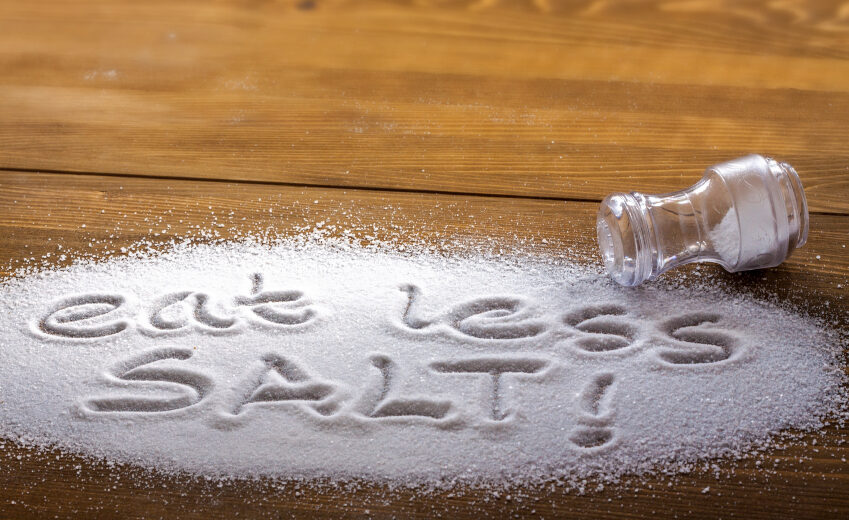The Sneaky Truth About Salt – by UW Pharmacy Cares

By Susie Gannaw, PharmD candidate 2016
University of Washington School of Pharmacy
One of the most common tips you hear from a doctor is to reduce your salt intake, but what does this really mean? Salt is commonly used as seasoning in order to enhance the flavors of our foods.
The recommended daily consumption varies depending on an individual’s other disease states. It is important to keep in mind, though, that our body does need some salt. The American Heart Association recommends less than 1,500 mg of sodium per day, which is roughly ¾ teaspoonful; however, the average sodium intake is 3,400mg per day.
Salt is an important part of your body’s chemistry. For example, salt helps maintain the body’s fluid balance and aids in communication between nerves. However, too much salt can cause problems throughout the body.
The best way to take control of your salt consumption is to follow these three easy steps:
- Avoid processed foods: American Heart Association reports that 75% of our salt intake comes from process foods. Processed foods, such as frozen dinners and prepackaged meals, which are convenient, typically have very high salt content. Even frozen meals labeled as “healthy,” such as Lean Cuisine, have 300-500 mg sodium. Keep an eye out for hidden salt within fat- and sugar-free foods. Often times these dietary foods substitute sugar and fat with sodium in order to maintain the flavoring. While it can be more expensive, it is important for your health to focus on eating more fresh food rather than processed foods.
- Add salt sparingly: The best way to be aware of how much salt you’re adding to your meals is by sprinkling the salt in your hand first rather than directly in your food. This can help you visualize how much salt you’re truly adding to your foods and ideally prevent you from adding excessive amounts.
- Alternative spices: The idea behind salt alternatives is to reduce your salt consumption and not the taste of your food. There are many spices and herbs available that can help replace the flavoring characteristic of salt. Herbs such as basil, dill, mint, ginger and cilantro can be used to make your food more flavorful without having to add excess salt. Another fantastic way to add flavor to your food is to use garlic, which has the added benefit of being an antioxidant. There are many spices from around the world, ranging from cayenne pepper to allspice that you can try as an alternative to salt. The National Heart, Lung and Blood Institute has a long list of other possible herb and spice alternatives to salt along with suggestions of how to use them.
Ultimately moderation is key. If you are mindful of your salt consumption and avoid processed foods for the majority of your diet then you too can gain control of your daily salt intake!
UW Pharmacy Cares is a non-dispensing pharmacy at the UW School of Pharmacy that offers education and support to those taking multiple medicines. We have partnered with Era Living’s retirement communities, offering their residents services that promote the safe and healthy use of medicines.
Related Posts

Podcast: Era Living’s In-House Director of Capital Projects

Podcast: A Day in the Life at Era Living: Resident Jeanne Luchtel

